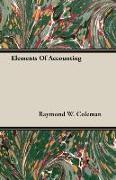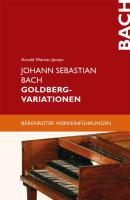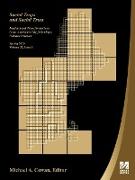Elements of Accounting
BücherAngebote / Angebote:
ELEMENTS OF ACCOUNTING BY RAYMOND W. COLEMAN, . PREFACE This book is designed for a short course in accounting at college level. Emphasis has been placed on the uses and interpretation of accounting data, but attention has also been given to the procedures whereby these data are entered on the records. A general understanding of the methods of recording accounting values but not a proficiency in the mechanics of accounting is an essential background for the analysis of statements. A failure to understand the sources of these values often results in distorted impressions of their significance. The text, problems, and questions have been correlated to stress fundamental ideas in accounting. These ideas, if thoroughly understood, will assist the student to reason accurately with the economic facts of a business. An attempt has been made to treat the subject matter so that it will possess greater flexibility than does a more complete text not designed for the time limitations imposed by a short course. If necessary, certain chapters after Chap. VI may be omitted without seriously disturbing the continuity of the course. For example, if instruction is being given to a group interested in accounting because of its importance to investment analysis, it might be desirable to stress the text and problem material in Chaps. XIV and XV and to omit Chaps. VII, XII, and XIII. It is impossible to make specific acknowledgments of indebtedness to the numerous authors of textbooks and articles which have influenced the preparation of this book. I am especially indebted to Prof. W. A. Paton for his encouragement in the past and for the influence of his writings. RAYMOND W. COLEMAN. PITTSBURGH, PA., January, 1941CONTENTS PAQH PREFACE vii CHAPTER I INTRODUCTION 1 Evolution of accounting. Branches of accounting. A definition of accounting. Accounting and related subjects. Questions. Suggested supplementary readings. CHAPTER II BASIC STATEMENTS 8 The accounting equation. The balance sheet as an expression of the basic equation. Principal asset groupings. Reserves or allowances against assets. Principal liability groupings. Principal net worth groupings. Determination of profit or loss by balance sheet comparisons. The profit and loss statement. Principal groupings in the profit and loss statement. Statement of change in net worth. Relation between the statements. The accounting period. Questions. Suggested supplementary readings. CHAPTER III BASIC BOOKS 27 Development of the account. Structure and operation of the account. Debiting and crediting accounts. Classification of accounts in the ledger. Account numbering systems. The journal. Relation between basic books and statements. Questions. Suggested supplementary readings. CHAPTER IV THE ACCOUNTING CYCLE 38 Underlying documents. Transactions. Journalizing ordinary business transactions. Posting journal entries. Footing the accounts. Taking the trial balance. Questions. Suggested supplementary readings. CHAPTER V THE ACCOUNTING CYCLE. Continued 53 Adjusting entries. Inventory adjustment. Assets requiring valuation accounts. The cash basis and the accrual basis of accounting. Accrued expenses. Accrued income. Prepaid expenses. Deferred income. Closing entries. Readjusting entries. Questions. Suggested supplementary readings. X CONTENTS PAGB CHAPTER VI THE ACCOUNTING CYCLE. Concluded 70 The work sheet. Preparation of the profit and loss statement...
Folgt in ca. 15 Arbeitstagen




